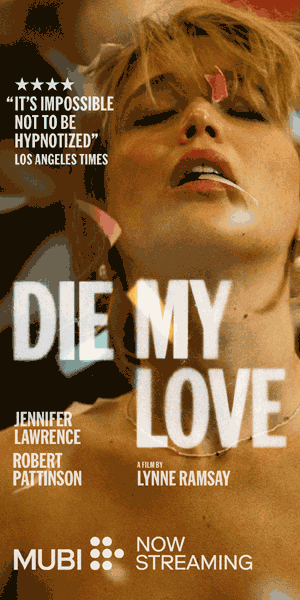When elected in 2015, the Liberal government promised a transformed relationship between Canada and Indigenous peoples, a new nation-to-nation era. Since then, national and regional media have periodically scored Ottawa on that commitment, especially as it relates to resource development, health care, clean drinking water, and, most recently, unmarked graves at former Indian residential schools. Much less attention, however, has been paid to questions of literature.
Movements within Indigenous literary studies are increasingly focused on issues of self-determination, decolonization, and linguistic revitalization. This focus isn’t exactly compatible with government efforts to promote Canadian literature as a generous container that can happily accommodate all writing. In fact, it is at odds with recent cultural diplomacy initiatives, particularly Canada’s role as the guest of honour at this year’s hybrid Frankfurt Book Fair.
The Frankfurter Buchmesse is the publishing world’s largest annual trade show — an important venue for rights sales and publicity. In October 2016, the heritage minister, Mélanie Joly, committed to funding Canada FBM2020, a collaborative effort to manage this country’s English- and French-language book industry’s involvement with the fair, which was later postponed by a year due to the pandemic. Beyond the logistics of delivering a compelling guest-of-honour program, members of Canada FBM2020 were charged with ensuring the export profitability of Canadian books under the banner of “Singular Plurality/Singulier Pluriel.”
Four planning committees were struck, with both industry representatives and authors. Two of the committees would have Indigenous members, from First Nations, Métis, and Inuit communities: the writer Cherie Dimaline and the poet Natasha Kanapé Fontaine would serve on the programming committee, while the business manager Wendy Whitebear, the lawyer and author Harold Johnson, and the visual artist Michael Nicoll Yahgulanaas would help with branding. The implication of these appointments was that Canada FBM2020 would be shaped by meaningful collaboration between Indigenous and non-Indigenous perspectives.
Yet the resulting brand, which visually emphasizes three red line drawings that may be interpreted as mountains, evergreens, or inverted books, does not reflect genuine collaboration. In the words of Caroline Fortin, president of the Canada FBM2020 board, this country “is eclectic and multicultural, and our differences are woven into this colourful fabric that shows a nation that’s growing and striving to push further on all fronts, resulting in vibrant creative industries.” More than ever, Fortin continued in a press release, our literature is “bursting with new voices and perspectives,” and Canada FBM2020 will “reveal powerful writing from all literary genres and from French, English, and Indigenous voices while still heralding the myriad of backgrounds that represent our country.”
Such statements, along with the Singular Plurality tag line itself, stir diverse cultures into the multicultural stew of liberal pluralism. Paradoxically, this logic refuses both singularity and plurality: Canadian writers are different, but really they’re all the same. And by prioritizing terms like “eclectic” and “multicultural,” this positioning attempts to shoehorn remarkably unique and expansive Indigenous literatures within the comfy and tidy house of CanLit. There are economic reasons for this approach, of course: Canadian Heritage’s Creative Canada Policy Framework and Creative Export Strategy, which both frame our diversity as a competitive advantage, are undergirding Canada FBM2020.
Canadian publishers have long categorized Indigenous writers and their work as a “subsection of CanLit,” as Gregory Younging pointed out in his 2018 book, Elements of Indigenous Style. This treatment persists despite the fact that much of their material “comes from different traditions that developed and evolved” long before 1867. That’s why, Younging argued, the development of Indigenous-controlled publishing was so essential; his own commitment to that conviction was seen in his work with Theytus Books, the oldest Indigenous-owned publisher in Canada. (Lee Maracle, Joshua Whitehead, and countless others have also been critical of the CanLit catch‑all in recent years.)
Canada FBM2020’s branding masks another paradox: the literary lineup itself. The programming committee vetted almost 400 applications to determine which authors would join the “official literary delegation.” Of the forty-three who were supposed to head to Frankfurt last fall, ten were Indigenous. While that’s more than proportional representation based on population (just under 5 percent of Canadians identify as First Nations, Métis, or Inuit), one wonders how those authors might speak freely about the ways “singular plurality” is or is not applicable to their work. And, considering the power of modern branding, would they even be heard if they were to articulate a message that runs counter to a government-approved narrative?
Ultimately, whether in Frankfurt or elsewhere, for Ottawa to earn a higher mark for its nation-to-nation work with books, it must do more than reduce the ongoing story of Indigenous-settler relations in modern Canada to one of harmonious diversity.
Jody Mason wrote Home Feelings: Liberal Citizenship and the Canadian Reading Camp Movement.

